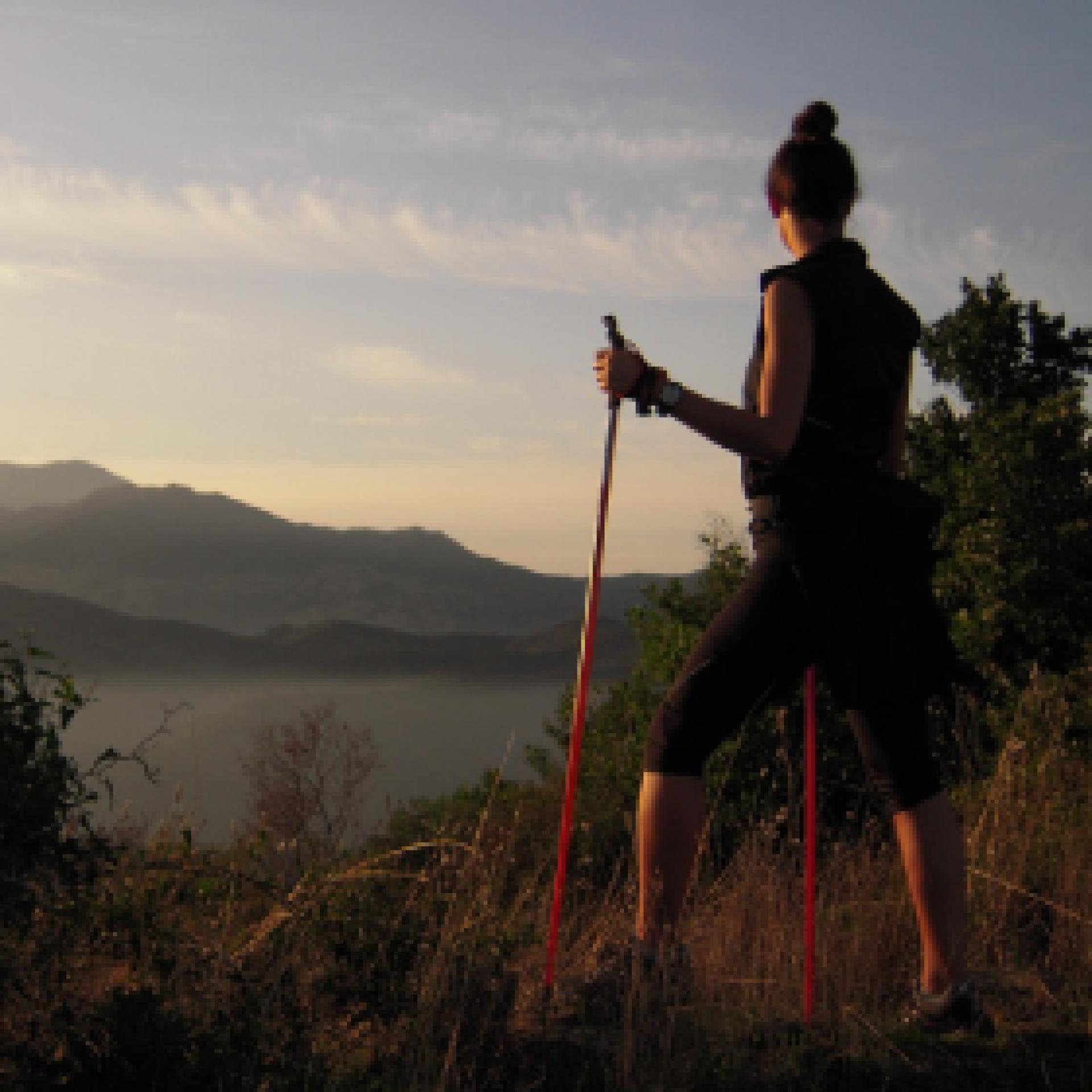Oniferi, Sas Concas. The Necropolis
Access
The two archaeological sites visited by this simple tour can both be reached via the SS 128 road, directly from the village of Oniferi and following the signs for the SS 131. Leaving the last houses behind, you travel about 3.3 km and spot a tourist sign on the left indicating the necropolis. You will then park in a narrow space next to the main road.
Sas Concas
You pass a rudimentary wooden gate and descend along a gentle slope between some beautiful cork trees, passing a barely noticeable ford. On the left, a ridge of pyroclastites are clearly distinguishable, with a beautiful pinkish colour. The entire ridge is colonised by beautiful prickly pear plants, in sharp contrast to the orange lichens tenaciously attached to the rock: on these south-east-facing rocks the Neolithic inhabitants decided to find the final resting place for their loved ones, excavating one of the most extraordinary necropolises of their time. Wandering around the area, one can count up to twenty different tombs, often divided into several rooms. The domus de janas necropolis is also famous for the richness of the decorative elements in the burial chambers: ritual hearths, architectural elements relief carved and, above all, the mysterious graffiti symbolising stylised and upside-down men. The petroglyphs of Sas Concas are very similar to other depictions scattered in contemporary sites in Sardinia and represent an archaic and still mysterious symbolism: among the tombs of the necropolis, the best preserved ones are to be found in the large tomb of the hemicycle, preceded by a chamber excavated in the rock that is now largely eroded.
Nuraghe Ola
Once the visit to the necropolis is over, you can return to the car by continuing on the SS128, ignoring the detours for the SS 131 DCN and remaining on the old state road for about 3 km: on the left of the road, well signposted and visible, stands the magnificent Nuraghe Ola, at the centre of an area with a high density of archaeological monuments. The ancient nuragic tower, of a simple construction, can be reached by a short path from the car park. Immediately before the monument are two large huts, which have been the subject of archaeological investigation in recent times. The nuraghe was also recently restored. It consists of a large inner tholos chamber, where there are some alcoves, and a splendid intermural staircase that provides access to the upper floor. Here one notices a slab that closes the tholos and that, at the summer solstice, is sometimes removed to allow one to witness the suggestive phenomenon of the sun ray penetrating the darkness of the chamber below at midday. At the end of the visit, you can return to the village or visit the beautiful necropolis of Brodu, not far away, however its not signposted.
- Log in to post comments

